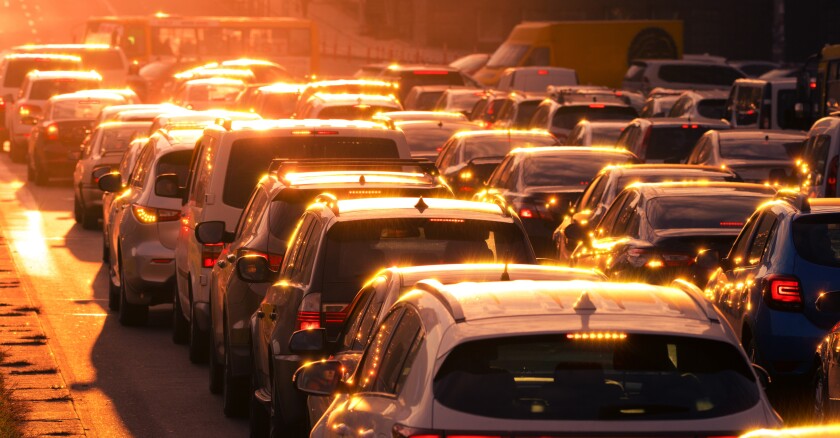The recent tsunami warning in Hawaii, though ultimately a false alarm, served as a stark and sobering real-time test of Oahu’s critical evacuation capacity, revealing deeply strained systems and significant preparedness gaps. While no damaging waves materialized, the ensuing traffic chaos and widespread confusion underscored vulnerabilities that state officials readily admit require urgent attention and comprehensive solutions.
As civil defense sirens blared across the island, thousands of residents, attempting to adhere to evacuation orders, poured onto roadways, transforming them into gridlocked corridors. This immediate and overwhelming surge of vehicles led to multi-hour commutes, stalled intersections, and a palpable sense of anxiety, raising serious questions about the state’s ability to efficiently and safely move its population during a genuine disaster. The widespread traffic management issues quickly became the central narrative of the day.
Reports from across Oahu painted a grim picture: a drive from Hawaii Kai to Pearl City took over two hours, while other drivers reported being stuck for 90 minutes without moving a mile in areas like Ala Moana and Kalihi. Images of bumper-to-bumper backups circulated widely on social media platforms, amplifying the confusion and highlighting the urgent need for improved communication and traffic management strategies during a large-scale emergency.
State Senator Chris Lee, chair of the Senate Transportation and Culture and the Arts Committee, acknowledged the incident as an invaluable, if unintentional, “drill” that provided eye-opening lessons. State Department of Transportation Director Ed Sniffen echoed these sentiments, noting that while some traffic issues are inherent in any evacuation-type situation, the overlap with normal peak hour traffic significantly exacerbated the gridlock and further strained Oahu’s emergency response capabilities.
Both officials pointed to two key deficiencies in Hawaii’s current disaster preparedness framework. Firstly, communities with limited ingress and egress, particularly those with only a single access point, present a high risk, necessitating prioritized infrastructure projects. Secondly, the sheer density of urban Honolulu neighborhoods proved challenging, as a full street grid was insufficient to handle the simultaneous exodus of vehicles, raising fears about the potential for severe casualties in a swift-moving catastrophe.
Encouragingly, improvements are already underway. The Department of Transportation is conducting a formal “hot wash” review, rigorously identifying weak points and exploring new emergency access routes, particularly for areas like East Honolulu and Windward Oahu where options are currently limited. Plans also include enhanced coordination with military partners, refining public communication protocols, and considering strategic investments in emergency-only bypass roads to bolster Hawaii’s evacuation infrastructure.
Furthermore, officials are stressing the critical importance of diverse transportation options beyond personal vehicles. Director Sniffen urged residents in safe zones to remain in place to alleviate congestion, emphasizing that “mass transit is available” and should be utilized to keep roadways clear for those in inundation zones. Senator Lee reinforced this, suggesting that in such scenarios, cars can become “death traps,” reinforcing the need for more robust pedestrian, bike, and alternative paths to allow people to egress without relying solely on private automobiles, crucial for effective disaster preparedness.
Despite the chaos and the exposed vulnerabilities in Hawaii’s evacuation plans, officials noted that no one was injured during Tuesday’s event. Minor fender-benders and blocked intersections were reported, but serious accidents were avoided. This outcome, Sniffen observed, marked a “good exercise” that successfully moved people out of low-lying areas, providing invaluable data for refining future emergency responses.
However, Senator Lee’s message served as a powerful reminder: the gridlock should be a wake-up call for the state. Citing the devastating Maui wildfires as another recent example of rapid-onset disasters, he underscored that robust civil defense and disaster preparedness measures are not luxuries but absolute necessities. Ignoring these critical infrastructure and planning needs, he warned, could lead to profound regret in the face of future emergencies.






Leave a Reply